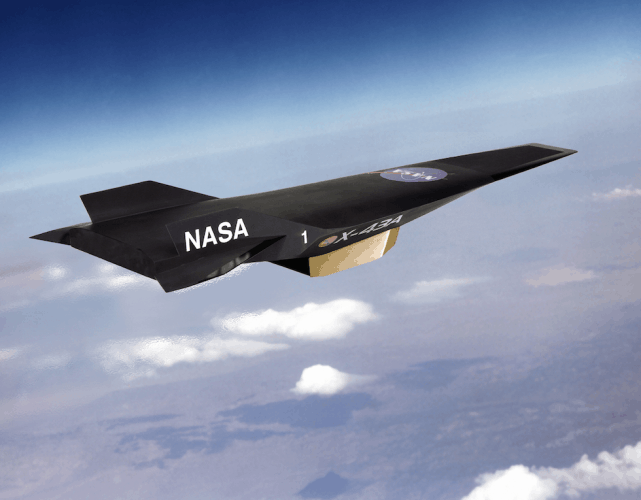3D printed engine part undergoes hypersonic testing
US aerospace and defence firm Orbital ATK has announced that it has successfully tested a 3D-printed hypersonic engine combustor at NASA's Langley Research Center in Virginia.

Produced through an additive manufacturing process known as powder bed fusion (PBF) the combustor was subjected to a variety of high-temperature hypersonic flight conditions over the course of 20 days, including one of the longest duration propulsion wind tunnel tests ever recorded for a unit of this kind.
One of the most challenging parts of a hypersonic propulsion system, a scramjet combustor houses and maintains stable combustion within an extremely volatile environment. The tests were, in part, to ensure that the PBF-produced part would be robust enough to meet mission objectives. According to ATK, analysis confirms the unit met or exceeded all of the test requirements.
The company said that the use of an additive process to build up the component one layer at a time, enable it to incorporate design features and integrated components that simply couldn't be produced using conventional manufacturing techniques.
Register now to continue reading
Thanks for visiting The Engineer. You’ve now reached your monthly limit of news stories. Register for free to unlock unlimited access to all of our news coverage, as well as premium content including opinion, in-depth features and special reports.
Benefits of registering
-
In-depth insights and coverage of key emerging trends
-
Unrestricted access to special reports throughout the year
-
Daily technology news delivered straight to your inbox










UK car production falls in April
Might the ´combination of factors´ include, in the face of stagnant EV sales, manufacturers reducing ICE car production in order to avoid the £15,000...